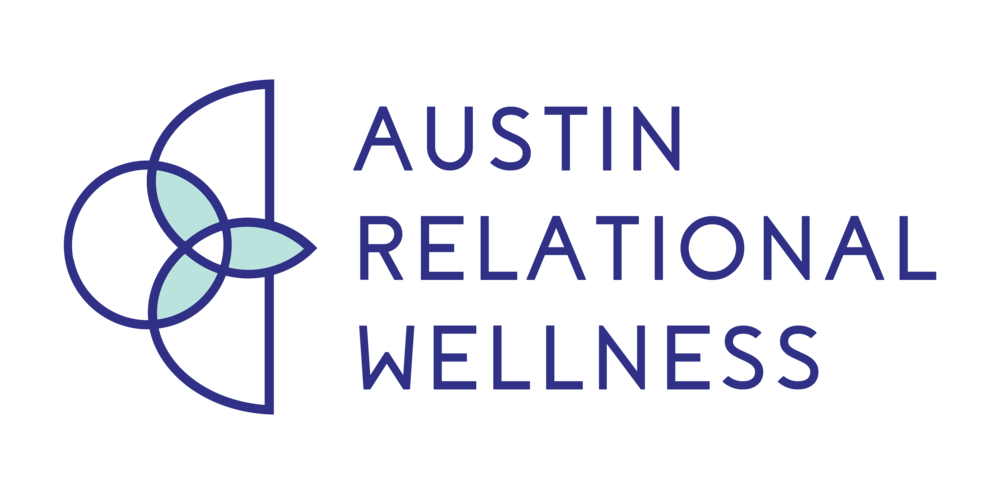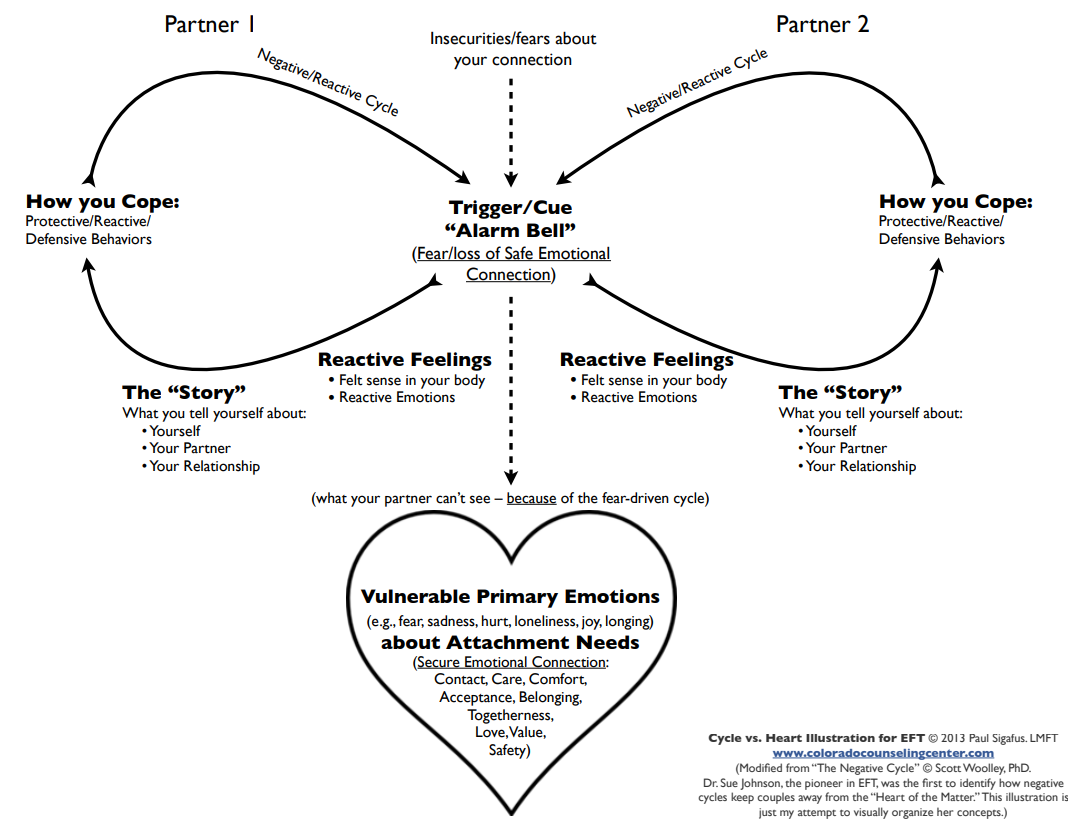How do you keep from feeling disconnected from your partner when the two of you are physically apart?
Relationships and marriages have their ups and downs – times when you feel close to your partner and times when you feel more distant. These feelings can be enhanced when you and your partner are unable to achieve or maintain physical proximity – such as when one of you is traveling or when one of you has to put in longer hours at work.
Furthermore, if you’re in a challenging phase of your relationship due to unexpected stresses, you may need extra support from your partner. Here, we discuss a few ideas to help you proactively take action to stay and feel connected while you’re apart.
Be open and communicate about feeling disconnected
Sometimes, there is a misalignment between when we feel connected or disconnected from our partner and when our partner feels connected or disconnected from us. If you’re away from home to take care of your mother who just had surgery, you may be so busy that you don’t even notice a disconnection, but your partner could be feeling very distant from you. If you’re starting to feel some distance growing for yourself, share this feeling with your partner, and encourage them to do the same.
How do we prevent disconnection from happening when we are physically separated?
To become aware of your own sense of connection, one question you can ask yourself is:
“In previous times when we’ve been apart, when have I felt the most connected to my partner?”
Examples of these moments could be:
when they sent good morning or good night texts
when they called to check in on your day or you did the same for them
when you shared that you missed them and they said they missed you too
when they asked to make a video call to wish you good luck on your big presentation at work
The potential for small moments like these are endless, and these types of moments will be unique to both you and your partner.
Before you’re apart, you and your partner could make a list of these types of moments and share them with each other. Commit to each other that you’ll implement one item from the other’s list each day you’re physically apart. If you have conversations before you’re in different physical locations and too far down the road of disconnection, you’ll have a better chance of staving off more significant feelings of separateness.
Review what worked and what didn’t
After a period of time apart, have a discussion about what moments cultivated a sense of connection for each of you and plan to implement those efforts during future times you’re apart.
If disconnection is something that affects your relationship or marriage and you feel you could use a little extra help navigating the shift toward greater connection, couples therapy or marriage counseling can help. Reach out to find out more about if couples counseling is right for you.
Article by Lindsay Poth, MA, LMFT Associate











































































